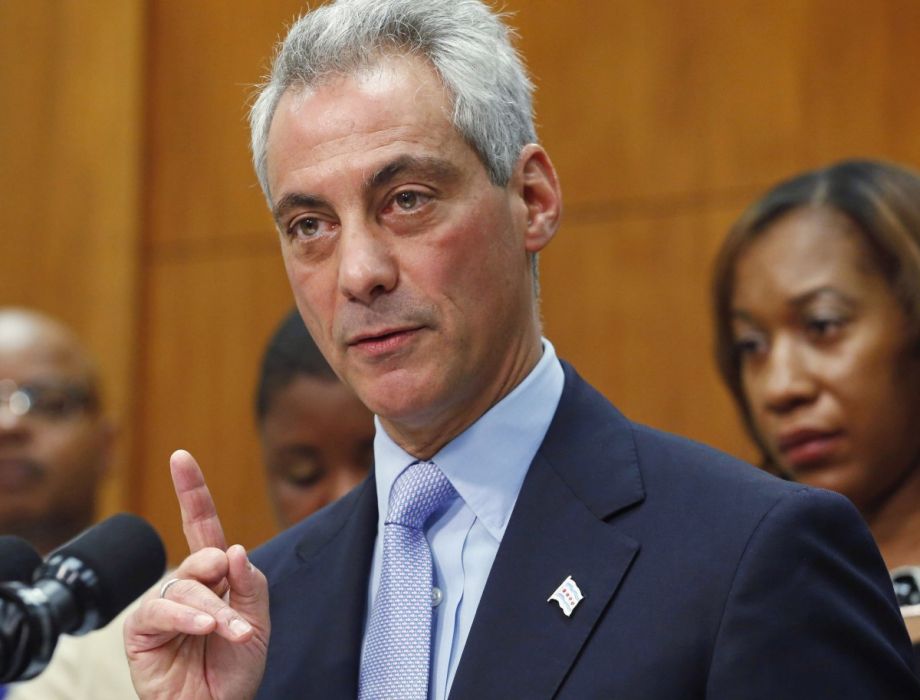In 2015, Chicago City Council approved Mayor Rahm Emanuel’s “people plazas” program, which aimed to transform underused public spaces throughout the city with physical improvements and cultural installations.
The program, the Chicago Tribune reports, has been slow to take off: “There have been a handful of events at some of the sites … [but] most have seen little or no activity. And the hoped-for permanent improvements like new benches or artwork have only been installed in a few spots.”
When the project was approved, it was one of several big infrastructure programs championed by the Emanuel administration, along with bike lanes and bus rapid transit. More recently, as Next City covered last year, the mayor proposed an extensive revamp of the city’s parks and recreational areas around Lake Michigan and the Chicago River.
The idea was for the city to front $50,000 and additional money would be raised through “ads, grants and leases with companies that want to sell food or merchandise at the sites,” according to the Tribune. So far, the newspaper reports, the program has generated about $8,000 in sponsorship money.
Local architecture firm Latent Design won a contract to work on select sites. As Next City covered in a story on Latent founder Katherine Darnstadt and her work, one project that’s opened under the people plaza program is the “Boombox,” a 200-square-foot refurbished shipping container built as a pop-up retail space. Whatever the issues with the city program, that launch has been a success, winning multiple awards and increasing pedestrian traffic and revenue for local businesses.
The Next City profile explored some of the challenges of Boombox, particularly the project’s nontraditional payment structure:
Instead of being paid a fee for design work, Latent Design has a revenue-sharing agreement in place with the city of Chicago. In effect, the firm had to raise the capital to build out and administer the site before any revenue would flow back. The small firm also needed to draw on its own bank account to finance legal and marketing fees.
The project was only approved a year and a half ago — it may simply need more time to get off the ground.

Rachel Dovey is an award-winning freelance writer and former USC Annenberg fellow living at the northern tip of California’s Bay Area. She writes about infrastructure, water and climate change and has been published by Bust, Wired, Paste, SF Weekly, the East Bay Express and the North Bay Bohemian
Follow Rachel .(JavaScript must be enabled to view this email address)















